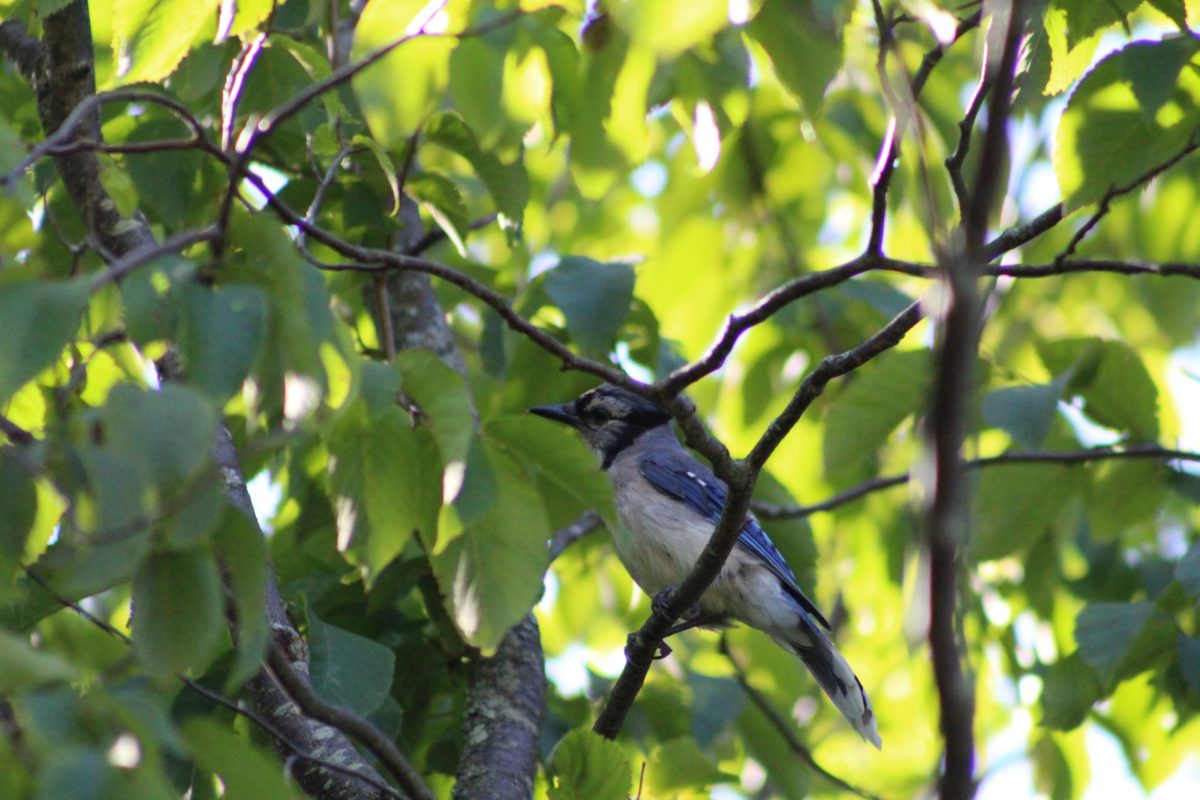The Marquette Regional History Center (MRHC) will host the second annual Archaeology Fair from 12 p.m. to 3 p.m. Saturday, Oct. 18. The fair takes place as part of International Archaeology Day and will honor John Anderton.
Anderton died of medical complications while cross country skiing Sunday, March 2, 2014. He was a professor in the Northern Michigan University Earth, Environmental and Geographic Sciences (EEGS) department.
Anderton’s wife and daughter will be hosting a display called “Who is Dr. John B. Anderton?: Artifacts of a professional archaeologist’s life.” The display will exhibit artifacts, photos and manuscripts from Anderton’s work from 1985 to 2014.
In addition to the booth, the EEGS department lent the MRHC posters of Anderton’s work. Anderton specialized in geoarchaeology, which is “the geosciences and geographical methods and techniques applied to prehistory, archaeology and history,” according to the Working Group on Geoarchaeology, a group that maintains a netowrk of people involved in geoarchaeology.
Overall, there will be 18 booths, spread throughout the museum.
“I think the most interesting thing is there’s something for everyone, from bottle collecting to myths and legends,” event coordinator and MRHC educator Betsy Rutz said.
Other NMU involvement includes a bigfoot booth run by the NMU anthropology club, NMU students running booths and volunteering and work by Scott Demel, an assistant professor of sociology and anthropology.
Demel will talk about archaeology and ceramics, and how archaeologists refit broken shards back together. He will discuss what can be learned from these shards and how to date them.
There will also be other archaeologists talking about the artifacts they have. Rutz said it isn’t very often that archaeologists share their work with the general public.
“These are real professionals, valid and world-class,” Rutz said. “It’s really special to get to provide that to the community.”
Senior history major and MRHC intern Marley Chynoweth has been working on the Archaeology Fair and has designed posters on the meaning of archaeology and how to preserve artifacts.
“Our main goal is to promote careful treatment of artifacts and help instill the idea that artifacts are important in order to help us understand how humans lived in the past,” Chynoweth said.
Senior secondary education history major Blair Williams has been volunteering at the MRHC for three years now, and said the event is educational, but fun.
“This hands on workshop is informational, fun and an absolute blast as people dig through sand, they find out that the U.P. has a rich history,” Williams said.
There are three archaeological time periods, according to the MRHC museum. The paleo time period took place from 12,500-5,000 years ago. The archaic time period was 5,000 to 3,000 years ago and the woodland period was 3,000-1,000 years ago. According to Rutz, most artifacts will be from the archaic and woodland time periods.
The Archaeology Fair will take place at the MRHC, located on Spring Street, and the cost to attend is $3 for students.






















